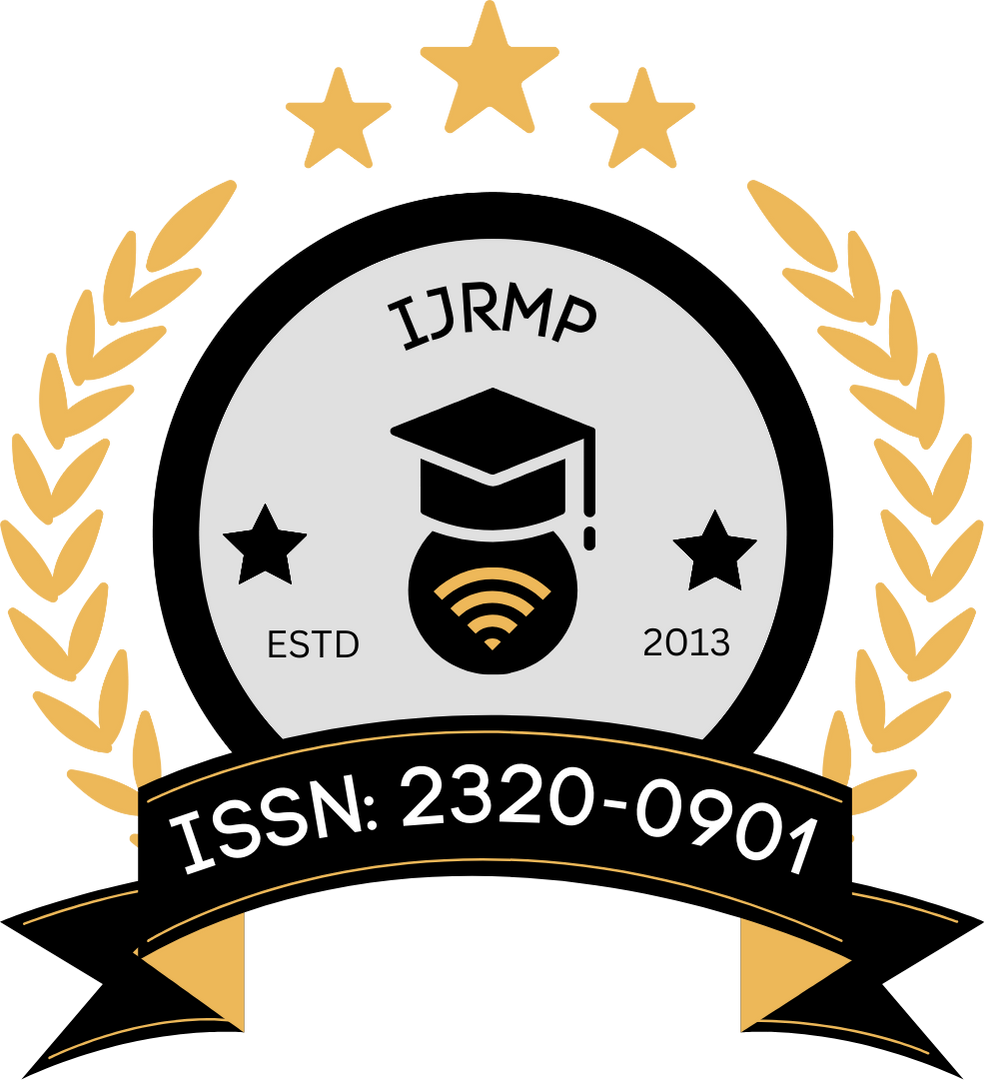![]()
Certificate: View Certificate
Published Paper PDF: View PDF
DOI: https://doi.org/10.63345/ijrmp.v14.i9.1
Prof (Dr) Ajay Shriram Kushwaha
Sharda University
Knowledge Park III, Greater Noida, U.P. 201310, India
Abstract
Pharmacy services have evolved from product-centric dispensing to patient-centered pharmaceutical care, demanding robust quality management systems (QMS) that ensure consistency, traceability, and continuous improvement. ISO 9001:2015 provides a globally recognized framework for establishing, implementing, maintaining, and continually improving a QMS. This manuscript presents a comprehensive case study of ISO 9001 implementation in a multi-site hospital pharmacy network (HPN) and a medium-scale community pharmacy chain (CPC) in India. Employing mixed methods—document analysis, stakeholder interviews, process mapping, and clinical quality indicator tracking—the study investigates (a) baseline gaps against ISO 9001 clauses, (b) the implementation roadmap (context analysis, risk-based thinking, process approach, leadership engagement, and performance evaluation), and (c) the impact on key performance metrics such as medication error rate, turnaround time (TAT) for dispensing, adverse drug event (ADE) reporting, patient satisfaction, and staff competency indices. Results demonstrate a statistically significant reduction (p < 0.05) in dispensing errors (32% decrease), improved corrective and preventive action (CAPA) closure times (from 45 to 18 days), enhanced documentation compliance (from 54% to 92%), and higher patient satisfaction scores (from 3.6 to 4.4 on a 5-point Likert scale) within 12 months post-certification. The case highlights critical success factors: top management commitment, cross-functional quality teams, digital document control, and an integrated clinical governance interface. Challenges included staff resistance, documentation overload, and aligning ISO requirements with regulatory (e.g., Schedule M, NABH, and Pharmacy Practice Regulations) and clinical audit frameworks. The manuscript concludes with a practical toolkit for pharmacies seeking ISO 9001 certification—checklists, KPIs, risk registers, and training blueprints—while outlining the scope for integrating ISO 15189 and ISO 31000 for broader clinical risk management. Limitations include single-country context, limited longitudinal follow-up (18 months), and the absence of randomized control comparisons.
Keywords
ISO 9001:2015; pharmacy quality management system; medication safety; case study; continuous improvement; CAPA; risk-based thinking; hospital pharmacy; community pharmacy; clinical governance
References
- https://www.researchgate.net/publication/237528987/figure/fig3/AS:669133188378639@1536545192849/Flowchart-of-processes-in-the-community-pharmacy.png
- https://drdollah.com/wp-content/uploads/2015/10/governance.png
- International Organization for Standardization. (2015). ISO 9001:2015 Quality management systems—Requirements. ISO.
- World Health Organization. (2011). Good pharmacy practice: Joint FIP/WHO guidelines on GPP. WHO.
- Institute for Safe Medication Practices. (2020). Medication Safety Self Assessment for Community/Ambulatory Pharmacy. ISMP.
- Joint Commission International. (2021). Accreditation Standards for Hospitals. JCI.
- National Accreditation Board for Hospitals & Healthcare Providers. (2020). Standards for Hospital Accreditation. NABH.
- Reason, J. (2000). Human error: Models and management. BMJ, 320(7237), 768–770.
- James, K. L., et al. (2013). The contribution of pharmacy technicians to medication safety: A systematic review. BMJ Quality & Safety, 22(9), 788–802.
- Langley, G. J., et al. (2009). The Improvement Guide (2nd ed.). Jossey-Bass.
- Vatican, N., & Patel, H. (2019). Implementing ISO 9001 in hospital settings: A practical approach. International Journal of Health Care Quality Assurance, 32(4), 640–655.
- Basak, S. C., & Sathyanarayana, D. (2010). Community pharmacy practice in India: Past, present and future. Southern Med Review, 3(1), 11–14.
- Kohn, L. T., Corrigan, J. M., & Donaldson, M. S. (Eds.). (2000). To Err Is Human: Building a Safer Health System. National Academies Press.
- Juran, J. M., & Godfrey, A. B. (1999). Juran’s Quality Handbook (5th ed.). McGraw-Hill.
- Deming, W. E. (1986). Out of the Crisis. MIT Press.
- Gandhi, T. K., et al. (2005). Adverse drug events in ambulatory care. New England Journal of Medicine, 348(16), 1556–1564.
- Carayon, P., et al. (2014). Human factors systems approach to healthcare quality and patient safety. Applied Ergonomics, 45(1), 14–25.
- Basak, S. C., Van Mil, J. W. F., & Sathyanarayana, D. (2009). The changing roles of pharmacists in community pharmacies: Perceptions of pharmacists in India. International Journal of Pharmacy Practice, 17(2), 95–102.
- FMEA Institute. (2017). Healthcare FMEA Toolkit. HFMEA.
- ISMP Canada. (2018). Medication Incident Analysis: A Framework. ISMP Canada.
- (2018). ISO 31000:2018 Risk Management—Guidelines. ISO.
- National Coordinating Council for Medication Error Reporting and Prevention. (2021). NCC MERP Index for Categorizing Medication Errors. NCC MERP.
